
Communication problems and successes played an important role during the September 11 attacks in 2001 and their aftermath. Systems were variously destroyed or overwhelmed by loads greater than they were designed to carry, or failed to operate as intended or desired.

The Metropolitan Police Service (MPS), formerly and still commonly referred to as the Metropolitan Police, is the territorial police force responsible for law enforcement and the prevention of crime within the ceremonial county of Greater London. In addition, it is responsible for some specialised matters throughout the United Kingdom, including national counter-terrorism measures and the protection of specific people, such as the monarch and other members of the royal family, members of the government, and other officials.

The New York City Fire Department, officially the Fire Department of the City of New York (FDNY) is the full-service fire department of New York City, serving all five boroughs. The FDNY is responsible for fire suppression and fire prevention, and is a major provider of EMS services in New York City. Beyond fire suppression and EMS, the FDNY is responsible for a broad range of services, including technical rescue, CBRN defense, and structural collapse response and analysis. The FDNY is equipped with a wide variety of general-purpose and specialized Vehicles,Tools and Equipment to serve its varied missions.

Computer-aided dispatch (CAD), also called computer-assisted dispatch, is a method of dispatching taxicabs, couriers, field service technicians, mass transit vehicles or emergency services assisted by computer. It can either be used to send messages to the dispatchee via a mobile data terminal (MDT) and/or used to store and retrieve data. A dispatcher may announce the call details to field units over a two-way radio. Some systems communicate using a two-way radio system's selective calling features. CAD systems may send text messages with call-for-service details to alphanumeric pagers or wireless telephony text services like SMS. The central idea is that persons in a dispatch center are able to easily view and understand the status of all units being dispatched. CAD provides displays and tools so that the dispatcher has an opportunity to handle calls-for-service as efficiently as possible.

The Specialist Firearms Command is the firearms unit of the Metropolitan Police. The Command is responsible for providing a firearms-response capability, assisting the rest of the service which is not routinely armed.

The South Australian Country Fire Service is a volunteer based fire service in the Australian state of South Australia. The CFS has responsibility as the Control Agency for firefighting, rescues and hazardous materials and inland waterways in the country regions of South Australia. Its official mission is "To protect life, property and the environment from fire and other emergencies whilst protecting and supporting our personnel and continuously improving."
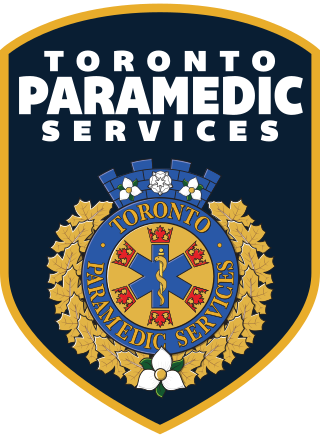
The City of Toronto Paramedic Services, is the statutory emergency medical services provider in Toronto, Ontario, Canada. The service is operated as a division of the City of Toronto, under the Community & Social Services cluster. The service is funded by the municipal tax base, and operates similarly to other municipal divisions, such as the Toronto Parks, Forestry & Recreation division, or the Toronto Water division, but retains operational independence from other divisions. While under municipal government control, it is subject to provincial legislation and licensing. It is not the only service provider in its area; private-for-profit medical transport services also provide routine, non-emergency transports and coverage for special events, but the statutory emergency medical system is the only provider permitted to service emergency calls.
The Territorial Support Group (TSG) is a Met Operations unit of London's Metropolitan Police Service (MPS) which specialises in public order policing, amongst other specialist areas. In 2012 it consisted of 793 officers and 29 support staff. The TSG is a uniformed unit of the MPS that replaced the similarly constituted Special Patrol Group in 1987. TSG units patrol the streets of London in marked police vans or "carriers"; using the call sign prefix "Uniform". Generally each carrier has an advanced (police) driver, seven constables and a sergeant. Territorial Support Groups often comprise three carriers, twenty one constables, and three sergeants reporting to an Inspector. They separately patrol designated areas experiencing serious levels of gang violence or disorder. When deployed, it is by the MPS Information Room. Due to the public order nature of their role often numerous carriers will be assigned. TSG officers can be identified as TSG from the distinctive "U" in their shoulder numbers. Some TSG officers are also plainclothes officers, carrying a taser and handcuffs.
A gold–silver–bronze command structure is a command hierarchy used for major operations by the emergency services of the United Kingdom.
There are six known secret anti terrorist policies of the Metropolitan Police. They are Operations Clydesdale, Rainbow, Kratos, Trammel, Camion and Lightning. None of them have had the operational details formally disclosed, and as a result, little information is known on these.
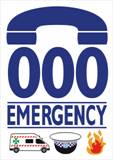
000 Emergency, also known as Triple Zero or Triple 0, and sometimes stylised Triple Zero (000), is the primary national emergency telephone number in Australia. The Emergency Call Service is operated by Telstra, and overseen by the Australian Communications and Media Authority (ACMA), and is intended only for use in life-threatening or time-critical emergencies.

A command center is any place that is used to provide centralized command for some purpose.
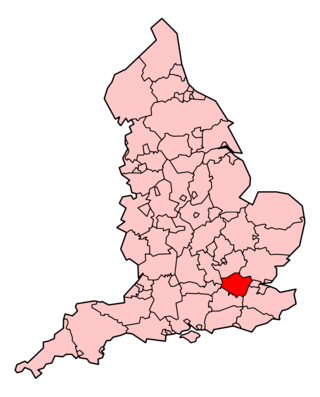
The London Ambulance Service NHS Trust (LAS) is an NHS trust responsible for operating ambulances and answering and responding to urgent and emergency medical situations within the London region of England. The service responds to 999 phone calls across the region, and 111 phone calls from certain parts, providing triage and advice to enable an appropriate level of response.
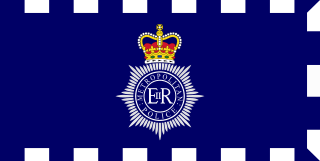
The Metropolitan Special Constabulary (MSC) is the volunteer police force of the Metropolitan Police Service. It is one of three Special Constabularies operating within London, the others being part of the City of London Police and British Transport Police. The service was created over 190 years ago under the Special Constables Act 1831. As of November 2021 it consists of 1,450 officers, making it the largest in the UK.
Territorial Operations was a group of eighteen specialist Metropolitan Police units which were set up in 1986 as part of Sir Kenneth Newman's restructuring of the Metropolitan Police Service. The Territorial Operations units were designed to support the Metropolitan Police areas—while area-based policing was designed to decentralise the operations of New Scotland Yard, the TO units were intended to provide central operational and logistic support to Areas and divisional OCUs.
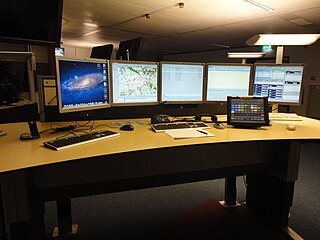
Emergency service response codes are predefined systems used by emergency services to describe the priority and response assigned to calls for service. Response codes vary from country to country, jurisdiction to jurisdiction, and even agency to agency, with different methods used to categorize responses to reported events.
Winnipeg Fire Paramedic Service (WFPS) provides fire and EMS services to the City of Winnipeg, Manitoba. It operates from 27 fire stations, and 3 administration offices across the city.
The Fresno Air Attack Base was established in 1955 By the US Forest Service, Sierra National Forest and is located at the Fresno Yosemite International Airport. The US Forest Service leases office space to the California Department of Forestry and Fire Protection's Fresno/Kings Unit. In 1994, it was completely rebuilt to become a model modern AirTanker Base which includes a modern interagency communication/command center.
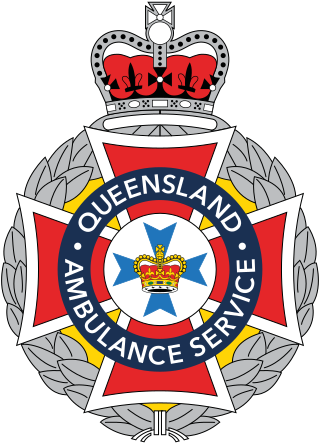
The Queensland Ambulance Service (QAS) is the state emergency ambulance and patient transport provider in Queensland, Australia. QAS is part of the Queensland Government under the Queensland Health portfolio and is one of the largest ambulance services in the world.

The Metropolitan Police of Greater London, England is organised into four main directorates, each headed by an Assistant Commissioner, and four civilian-staffed support departments previously under the umbrella of Met Headquarters, each headed by a Chief Officer, the equivalent civilian grade to Assistant Commissioner. Each business groups or directorate has differing responsibilities. The commands are Frontline Policing, Met Operations, Specialist Operations and Professionalism.














